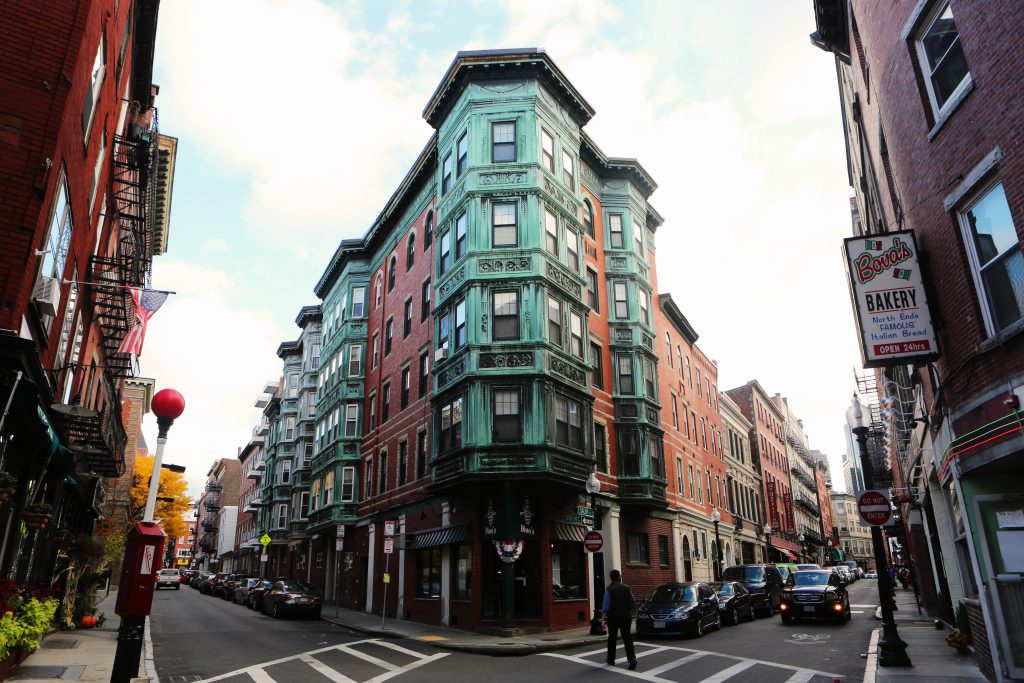Don't miss our holiday offer - 20% OFF!

Read also : Air Conditions: Humidity Sensors and Electric Motor Care
In the modern era, we are increasingly aware of the importance of maintaining a healthy and sustainable urban environment. City climate monitoring is a crucial step in achieving this goal. In this article, we will explore how temperature and humidity sensors play a role in helping us understand and manage environmental conditions within our smart cities.
Contents
Smart City: Bringing Technology to the Urban Core

Read also : Automated Parking Concept: Smart Solution for Availability
With advancements in technology, many cities worldwide have transformed into smart cities. This concept involves the integration of Information and Communication Technology (ICT) to enhance efficiency, the quality of life for residents, and environmental sustainability. City climate monitoring is a vital aspect of this smart city development.
Temperature Sensors: Measuring Air Temperature Changes

Read also : Revealing Electric Motor Conditions with IoT Vibration Sensors
One of the primary components of city climate monitoring is temperature sensors. These sensors are used to measure real-time air temperatures at various locations throughout the city. The data they provide helps us understand daily and seasonal temperature fluctuations. Additionally, this information is used to identify long-term climate changes.
Humidity Sensors: Assessing Air Humidity Levels

Read also : Security and Privacy in Connected Parking Systems: Challenges and Solutions
In addition to air temperature, humidity sensors also play a crucial role in city climate monitoring. Air humidity is a critical factor in determining air quality and environmental comfort. Humidity sensors help us understand humidity levels at different city locations. This information can be used to identify potential issues, such as excessive humidity that can impact health and structural damage.
Benefits of City Climate Monitoring

Read also : Security and Preparedness Enhanced by Smart EWS Technology
City climate monitoring offers numerous benefits. With accurate data on temperature and humidity, cities can:
- Optimize Resources: Climate data aids in managing energy consumption, water usage, and other resources more efficiently.
- Public Safety: Climate monitoring helps identify extreme conditions like heatwaves or floods that can endanger city residents.
- Urban Planning: Climate data informs long-term urban planning, including transportation and infrastructure development.
Challenges and the Road Ahead

Read also : Managing Humidity: Sensor’s Role in Electric Motor Health
While city climate monitoring has many advantages, there are still challenges to overcome. Gathering and analyzing large data sets are among the main challenges. However, with advancements in sensor technology and artificial intelligence, these obstacles can be addressed.
City climate monitoring is a vital step towards better environmental management in smart cities. By utilizing temperature and humidity sensors, we can understand climate changes, take necessary actions, and ensure our cities remain sustainable for future generations.
So, let’s continue our efforts in city climate monitoring to create better and smarter urban environments.





